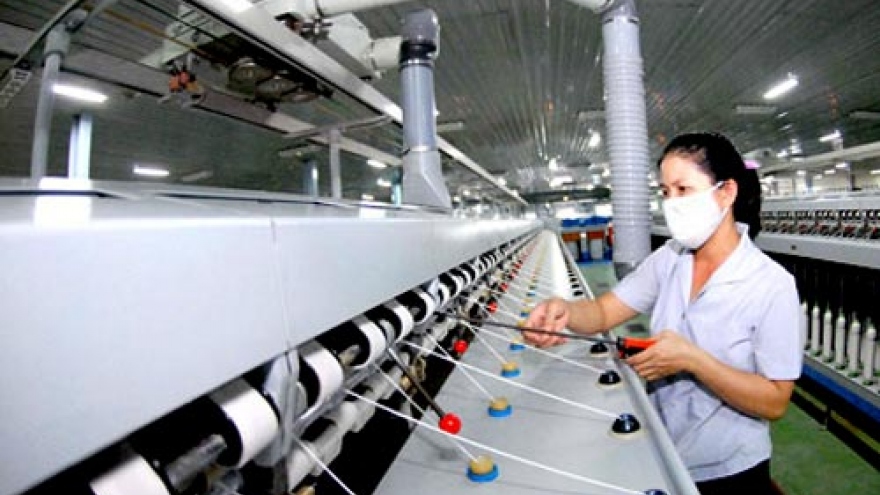Exploiting FTAs: milk and fabric companies seek opportunities
The doors to export markets have opened after the signing of government-to-government agreements. However, enterprises still have to overcome many challenges.
 |
Vinamilk, the nation’s leading dairy producer, has the biggest production capacity and strongest brand in Vietnam.
However, asked about the plan to export dairy products to China, a representative of the company was very cautious.
“Vinamilk has been preparing for exporting its products to China for one year,” he said on Thoi Bao Kinh Te Sai Gon.
“We have been seeking distribution partners and bringing products to Chinese supermarket chains. Chinese consumers like Vinamilk’s yoghurt and fresh milk,” he said, adding that it has been selling dairy products to China across border gates.
The door to China through official channels has opened, but it’s still early to say if Vietnam’s producers can enter the market, because the technical barriers China has installed are numerous.
Chinese agriculture ministry officials last August came to Vietnam to examine Vinamilk’s 10 milk cow farms and recognized that all the farms met the requirements on hygiene and food safety.
As such, the stamping for farm positioning required by the Chinese side can be satisfied by Vinamilk.
The largest dairy producer has been preparing different scenarios for export to China. It will also have to learn about Chinese partners’ capability, payment methods, storehouses and prestige.
“We may have to build a cold storehouse in Mong Cai to store products, and this will take six months,” the representative said, adding that in the immediate time, the home market is still the focus.
While experts all say Vietnam’s textile and garment industry would get big benefits from CPTPP and EVFTA, the enterprises in the industry are still cautious. They said it will be a long path from doing outsourcing to making products with 100 percent domestic materials for export.
For a long time, Vietnam focused on making garment products, while fabric and other input materials had to be imported from other countries. Importers have the right to name the suppliers of fabric and materials.
And even if fabric could be made in Vietnam, enterprises will first have to persuade foreign importers to accept the Vietnamese-made fabric.


